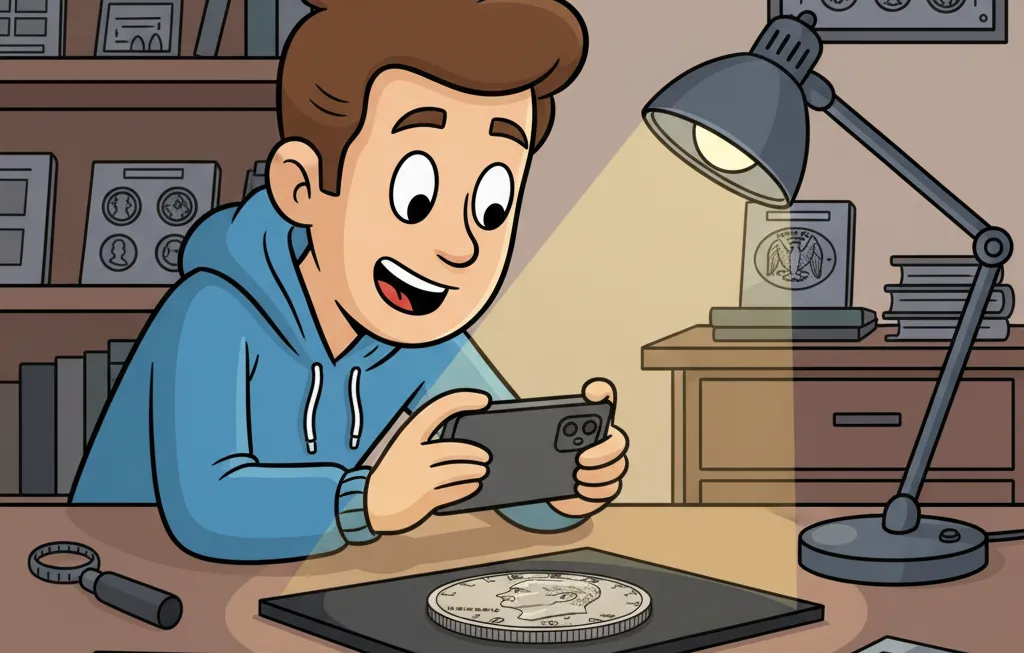Introduction to Valuable Coins in Circulation
Have you ever checked the loose change jangling in your pocket and wondered if there’s a hidden treasure hiding among the dimes and quarters? You’d be surprised—some of the most valuable coins are quietly circulating right now, passed from hand to hand, completely overlooked. What might look like an ordinary nickel could actually be worth hundreds, or even thousands, of dollars to the right collector!
Treasures Hiding in Plain Sight
Picture this: you’re grabbing a coffee, and the cashier hands you change. Nestled among the coins is a penny dated 1943, but instead of copper, it has a silvery steel shine. This unassuming coin is a 1943 Steel Wheat Penny, one of the quirkiest survivors of World War II metal shortages and highly sought after by collectors. Similarly, have you noticed any quarters with a special state design? Some misprinted “state quarters” have sold for far more than their 25-cent face value!
Why These Coins Matter
The real magic of valuable coins lies in their stories. These aren’t just pieces of metal—they carry history in their tiny frames. A rare minting error, a limited production run, or a discontinued design can propel a coin from common currency to coveted artifact. Keep an eye out for these clues:
- Mint errors: Off-center strikes or doubled images are rare mistakes that can fetch big bucks.
- Unusual dates: Coins minted during wartime or economic crises often tell interesting tales—and collectors love a good story.
Before dismissing those coins weighing down your wallet, remember—you might be holding onto a miniature jackpot. Next time you find yourself sifting through spare change, give it a closer look. That unassuming dime could be hiding a legacy waiting to reveal itself!
Factors That Determine Coin Value
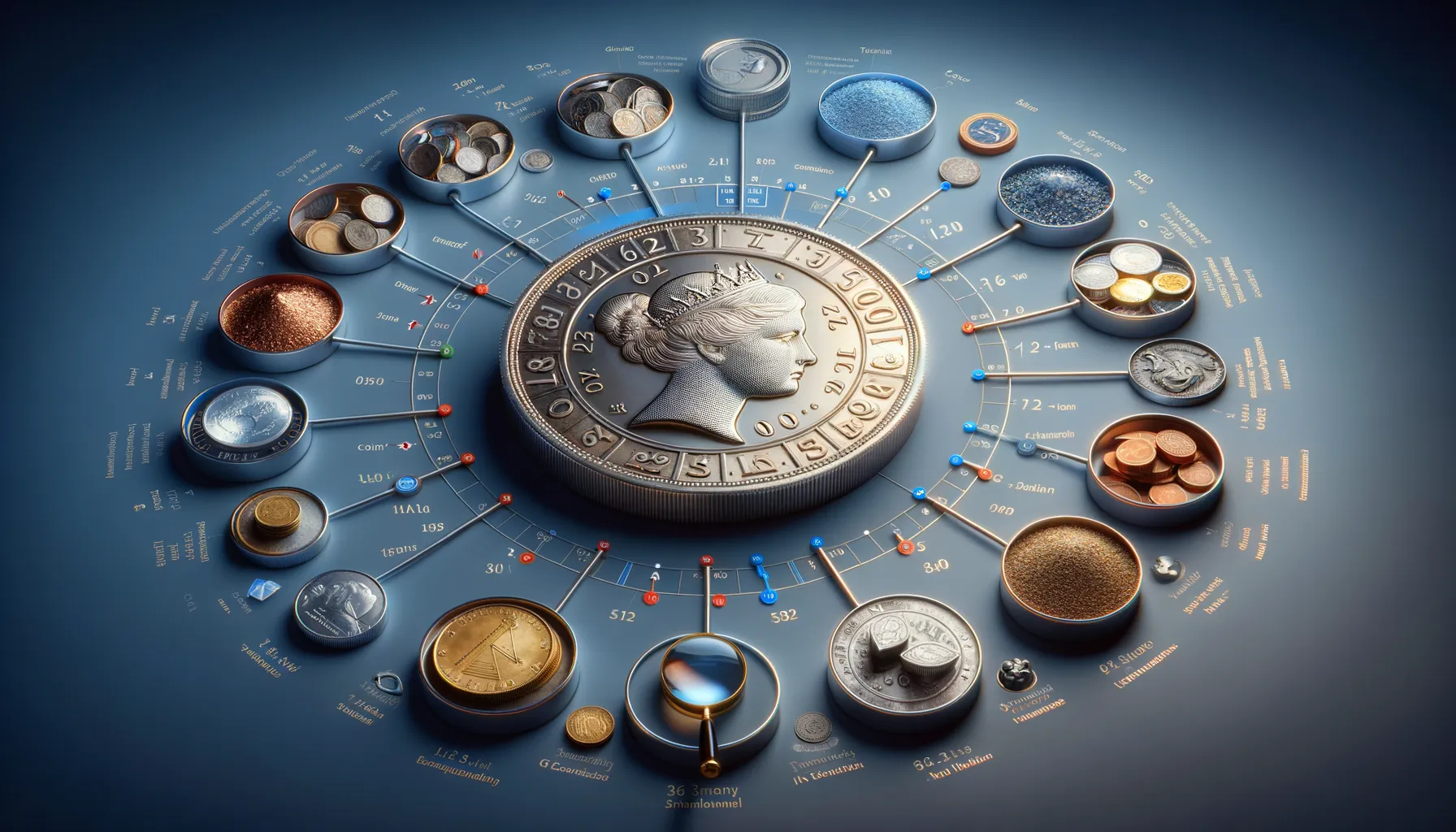
What Makes One Coin Worth More Than Another?
Ever wondered why some coins are worth a fortune while others barely cover the cost of a cup of coffee? It all comes down to a fascinating mix of factors that make coin collecting feel like a treasure hunt. Let’s dive into what separates the everyday from the extraordinary!
1. Rarity: Coins that were minted in limited quantities or withdrawn from circulation early are like the unicorns of the coin world. Think of the 1913 Liberty Head Nickel—only five exist! If fewer coins are out there, their value skyrockets.
2. Condition: A coin’s state is its handshake to the collector. Pristine, uncirculated coins (graded as MS-65 or above) fetch much higher prices compared to ones with heavy wear. Imagine a shiny penny straight off the press versus one that’s taken a battering in hundreds of vending machines.
3. Mint Errors: Imperfections can be perfection in the coin trade. Coins with off-center strikes, double dies, or unusual shapes (like the famous 1955 Double Die Penny) can fetch mind-blowing sums.
The Stories Behind the Metal
Coins with historical significance carry an emotional weight too. For example, a coin minted during war times or marking an important event whispers stories of resilience and change. Collectors are drawn to these pieces not just for their monetary value but for the rich history they hold in their metallic grasp.
And let’s not forget: some coins shine brighter simply because they’re made of precious metals like gold or silver. So, check your loose change carefully. That “ordinary” quarter might just be your golden ticket!
Top Examples of Valuable Coins You Might Find
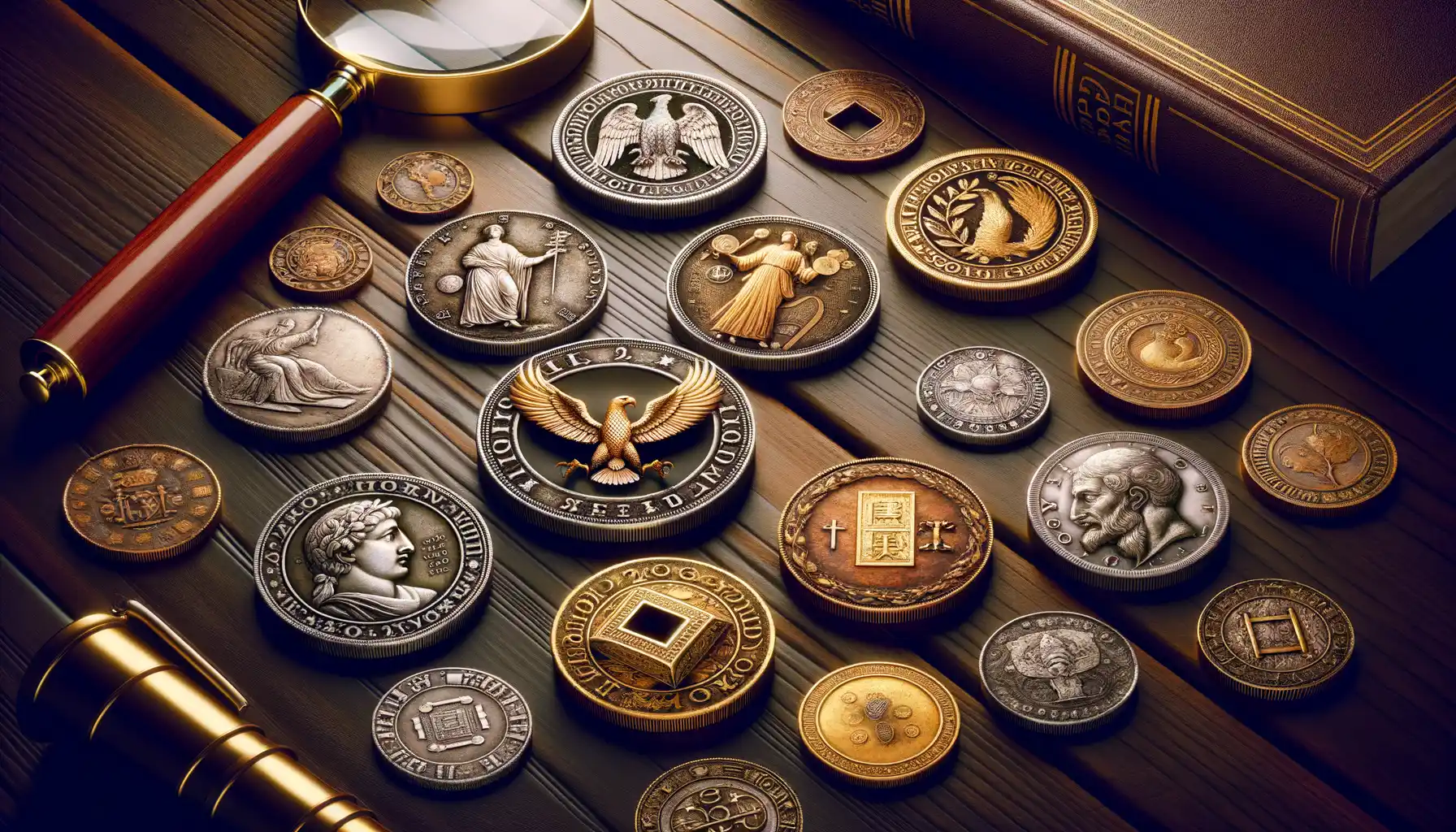
Coins That Could Be Hiding Treasures Right in Your Pocket
Imagine this: you’re sorting through your spare change, and suddenly, amidst the dimes and quarters, you spot a coin that looks… special. Could it be worth more than its face value? Let’s dive into some examples of modern coins that might just make you want to double-check your wallet.
- 1969-S Lincoln Penny (Double Die Obverse): This penny, with its bold doubled lettering on the front, can fetch thousands of dollars at auction. Yes, you heard that right—thousands for a penny!
- 2004-D Wisconsin Quarter (“Extra Leaf” Variety): Look closely at the corn stalk on this quarter. If there’s an extra “low leaf” or “high leaf,” congratulations—you’ve found a quirky mint mistake worth hundreds.
- 1999 Wide “AM” Lincoln Cent: Flip over your penny. If there’s an unusually wide gap between the letters “A” and “M” in “AMERICA,” you’re holding a rare and coveted design error.
The Hidden Gems in Everyday Coins
Now, let me tell you about one of my favorites: the elusive 1982 Small Date Copper Lincoln Cent. It weighs less than its common sibling, and its copper composition makes it a dream find for collectors. Another eye-catcher is the 2007 Presidential Dollar with Missing Edge Lettering. If the words around the edge have mysteriously vanished, this golden beauty could be worth much more than pocket change.
So next time you pull out your wallet, don’t just pay and walk away—those seemingly ordinary coins might just surprise you!
Tips for Identifying Valuable Coins in Your Wallet
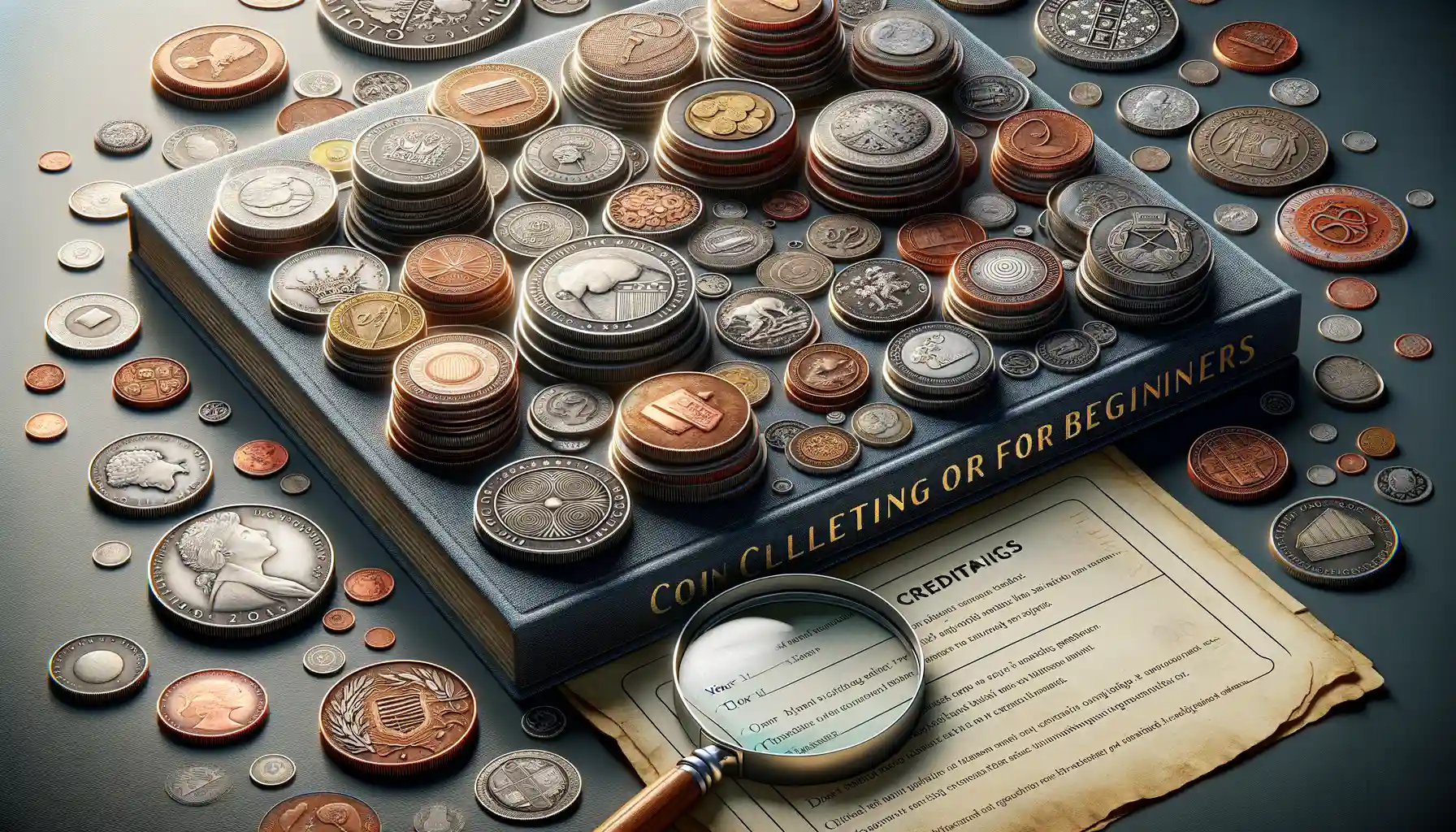
Uncovering Hidden Treasures in Everyday Change
Have you ever stopped to think about the coins jingling at the bottom of your wallet? They might not just pay for your coffee—they could be worth far more than their face value! Spotting these tiny treasures is easier than you think, but it requires a keen eye and a bit of patience.
Start by taking a closer look at dates. Coins minted in certain years are rare gems. For example, those from wartime periods or special anniversaries often carry unexpected value. A single 1943 Lincoln penny made of steel could buy you lunch—or an entire fancy dinner—if it’s in good condition!
Next up, watch for mint marks. These tiny letters (like “D” for Denver or “S” for San Francisco) tell where the coin was made. Some mints produce fewer coins, making their batches more sought after by collectors.
- Flip your coins over. Look for errors like a doubled image or weird misalignments.
- Investigate designs—anything unusual, like a commemorative pattern, can spark interest!
Treat each coin as a potential mystery waiting to be solved. Who knows—you might just discover a jackpot hidden in plain sight!
Conclusion and Final Thoughts on Collecting Coins
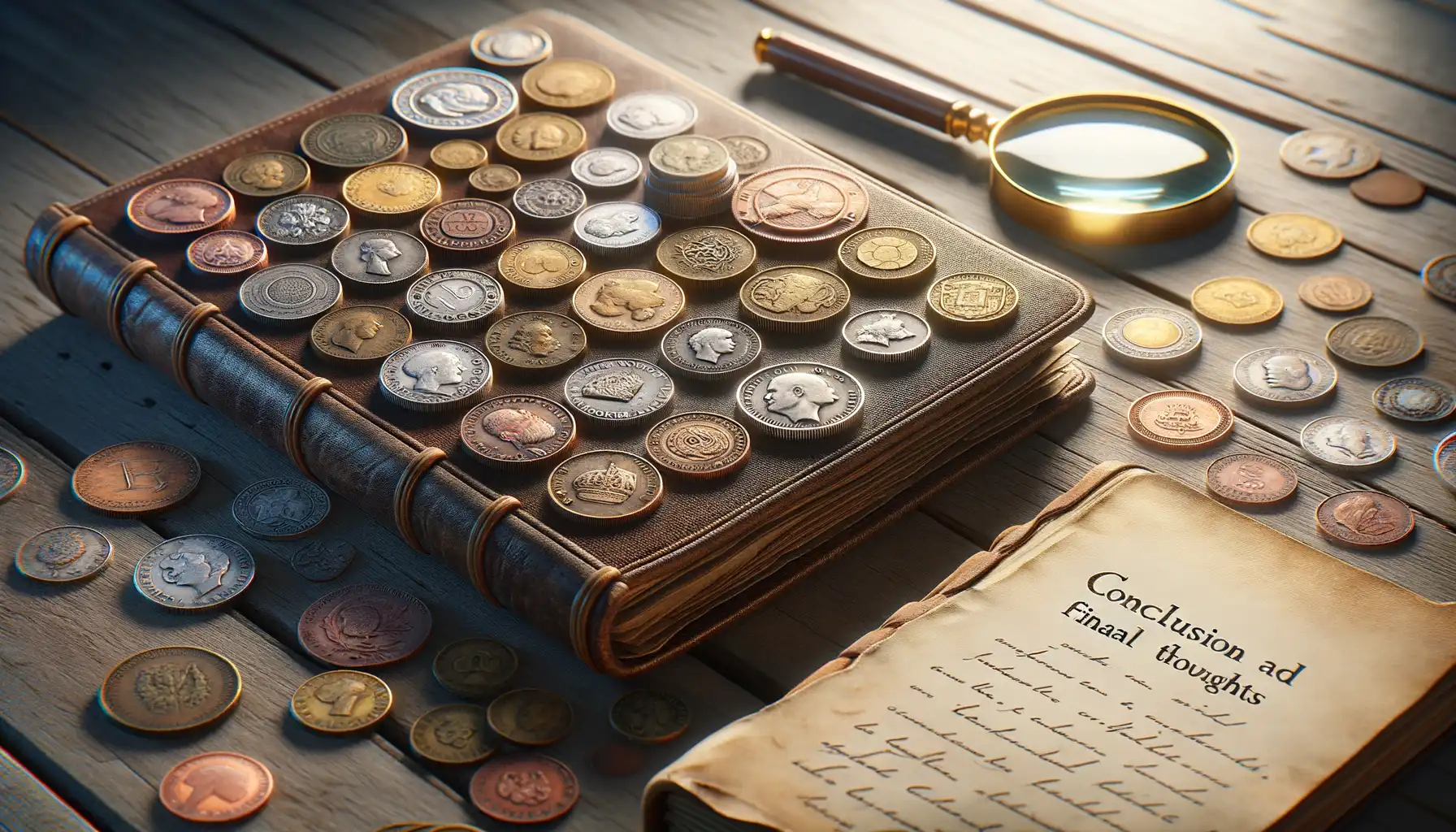
The Emotional Spark of Coin Collecting
Imagine this: a small, unassuming coin slips into your hand during a regular day. It’s tarnished but intriguing. One quick glance at the date, and your heart skips a beat—this is no ordinary quarter; it’s a 1964 silver rarity! Collecting coins isn’t just a hobby; it’s a treasure hunt where every discovery can tell a story, ignite curiosity, or even rewrite part of history.
Each coin you encounter holds a journey—a minting year from a bygone era, a design symbolizing cultural milestones, or perhaps a legacy passed through generations. It sparks questions: Who held this coin? What could it buy decades ago? These tiny metal discs bridge the past and present like time capsules in your pocket.
Why Collecting Coins Is Pure Magic
There’s more to coin collecting than monetary value:
- Historical Insight: Coins reveal forgotten empires, wars, and peace agreements.
- Personal Connection: A family heirloom coin becomes an eternal link through generations.
- Thrill of Discovery: Turning over that rare penny everyone else overlooked is priceless!
So next time you find loose change jingling in your wallet, stop and look closer. You might just be holding a piece of history—or your next great adventure—in your hands.


